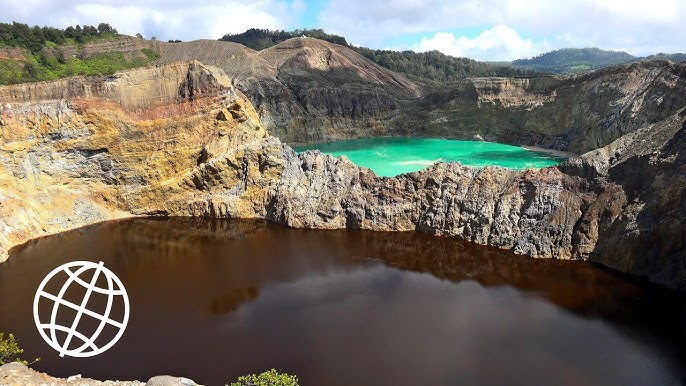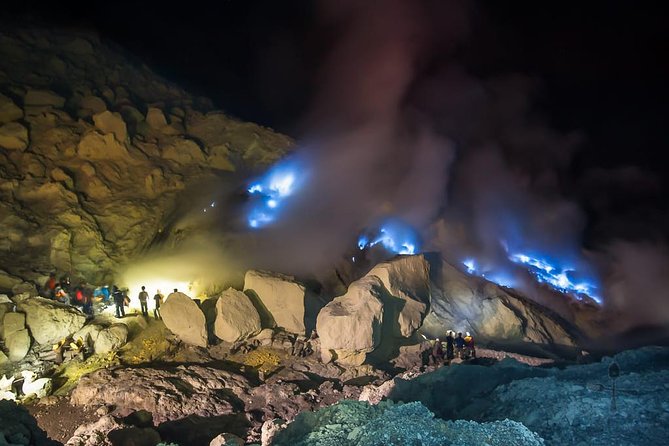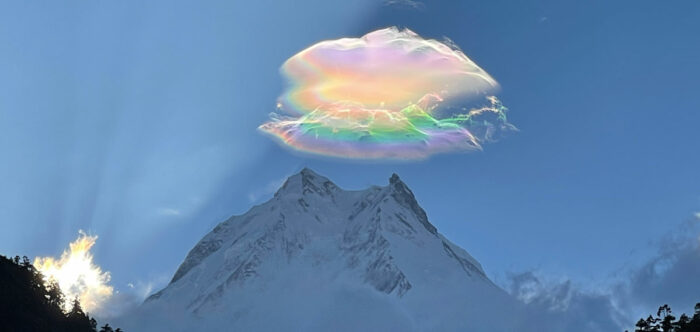High in the Himalayan mountains, a breathtaking sight sometimes graces the skies rainbow-colored clouds shimmering over snow-capped peaks. These aren’t typical rainbows but a rare optical event called cloud iridescence.
The Himalayas’ high altitude, clean air, and dramatic weather patterns create ideal conditions for this mesmerizing play of light and color.
What Are Rainbow Clouds?
Rainbow clouds form through a phenomenon called iridescence, which occurs when sunlight is diffracted by tiny, uniformly sized water droplets or ice crystals in thin clouds.
This bending and scattering of light cause the cloud to shimmer with soft pastel colors, often pink, green, blue, and violet.
These clouds are typically found in:
- Altocumulus and cirrocumulus layers
- Lenticular clouds forming over mountains
- Pileus clouds thin cap-like clouds over rising cumulus formations
Because the Himalayas sit at high elevations with abundant thin cloud formations, they are one of the best places in the world to witness this atmospheric spectacle.
Why the Himalayas Are the Perfect Stage
- High Altitude: The Himalayas bring observers closer to the upper atmosphere, where these thin, ice-crystal-rich clouds form.
- Clean Air: Low pollution levels enhance the clarity of colors by reducing scattering from dust or aerosols.
- Frequent Cloud Formation: The region’s orographic lift (air rising over mountains) creates fast-forming, transient clouds that often display iridescence.
- Dramatic Backdrop: The contrast between rainbow hues and the white peaks of Mount Everest, Kanchenjunga, or Annapurna makes the view unforgettable.
Best Time and Way to See Rainbow Clouds
- Time of Day: Early morning or late afternoon when the sun is low in the sky.
- Weather Conditions: Look for thin clouds just above thicker formations or near the sun’s edge.
- Viewing Tip: Shield the sun slightly with your hand or a building so you can see the colors around the cloud edges.
- Photography Tips:
- Lower exposure settings to capture color gradients.
- Use a polarizing filter to enhance contrast.
- Always avoid looking directly into the sun use live view or safety filters.
The Science Behind the Beauty
According to the National Oceanic and Atmospheric Administration (NOAA), iridescent clouds occur when water droplets or ice crystals are nearly identical in size, allowing diffraction to spread light evenly.
This delicate balance of size and sunlight makes the phenomenon relatively rare.
Scientists emphasize that while these clouds are visually stunning, they don’t indicate major weather changes rather, they signal thin clouds at high altitudes containing small, uniform particles.
Cultural and Symbolic Meaning
In Himalayan culture, natural light phenomena are often viewed as signs of harmony and blessing. Many locals and travelers interpret rainbow clouds as symbols of peace, balance, and spiritual presence, especially near sacred peaks.
Why It Matters
Rainbow clouds highlight the fascinating interplay between light and atmosphere. They’re also a reminder of how unique the Himalayan environment is a pristine setting where even the sky seems to display art.
For photographers, trekkers, and skywatchers, spotting one of these ethereal clouds above the world’s highest peaks is a once-in-a-lifetime experience.
Conclusion
Rainbow clouds over the Himalayas represent one of nature’s most beautiful yet elusive displays. The combination of altitude, purity, and sunlight creates a moment where science and art meet in the sky.
While unpredictable, these clouds reward those who rise early, look up often, and appreciate the wonders hidden in Earth’s highest places.





